Get a custom course package
We may not have any package deals available including this course. If you enquire or give us a call on 01344203999 and speak to our training experts, we should be able to help you with your requirements.
Module 1: Introduction to Power BI
Lab: Getting Ready
Module 2: Requirements Gathering
Lab: Build a Report in Power BI Web
Module 3: Extract, Transform, and Load Data
Lab: Starting a Project in Power BI Desktop
Module 4: Creating a Data Model
Lab: Designing a Data Model
Module 5: Designing Reports
Lab: Creating a Report
Module 6: Using Workspaces and Dashboards
Lab: Publish and Share Reports and Dashboards


The Microsoft Power BI for End Users 55400AC Training is designed to be accessible, making it a good fit for professionals at various levels of an organisation who are looking to make data-driven decisions.
The following professionals will benefit the most from this course:
For the Microsoft Power BI for End Users 55400AC Training, prerequisites generally include basic computer literacy, familiarity with Microsoft Office applications like Excel, and an understanding of fundamental data concepts like tables and charts.
This course is for individuals that are looking to learn how to use the range of Microsoft Power BI tools to refine and model their data into a visual and interactive format. You will be taken on a journey from the concepts of a Power BI project right through to the result in an engaging and structured format. You will get hands on with a wealth of data to practise the techniques taught by this course.




Why choose us
Experience live, interactive learning from home with The Knowledge Academy's Online Instructor-led Microsoft Power BI for End Users 55400AC. Engage directly with expert instructors, mirroring the classroom schedule for a comprehensive learning journey. Enjoy the convenience of virtual learning without compromising on the quality of interaction.
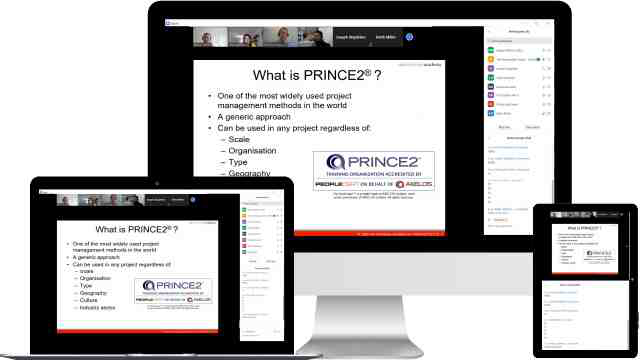
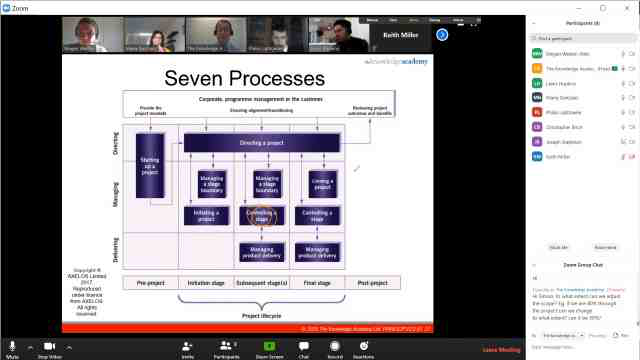
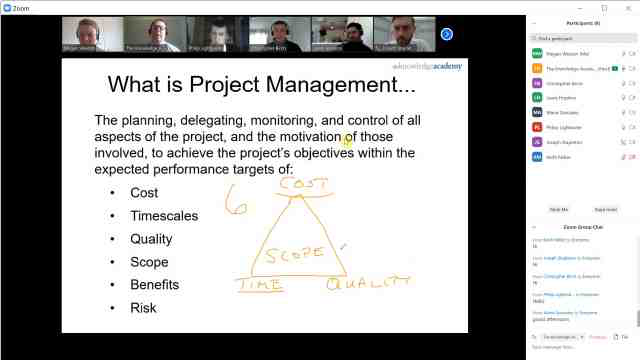
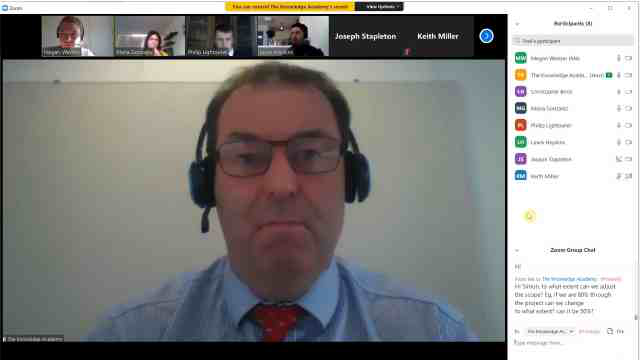
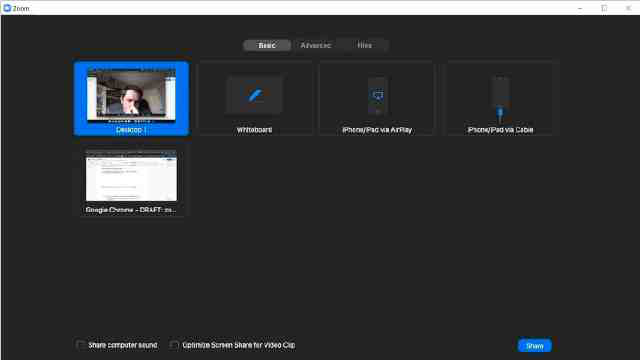
Unlock your potential with The Knowledge Academy's Microsoft Power BI for End Users 55400AC, accessible anytime, anywhere on any device. Enjoy 90 days of online course access, extendable upon request, and benefit from the support of our expert trainers. Elevate your skills at your own pace with our Online Self-paced sessions.
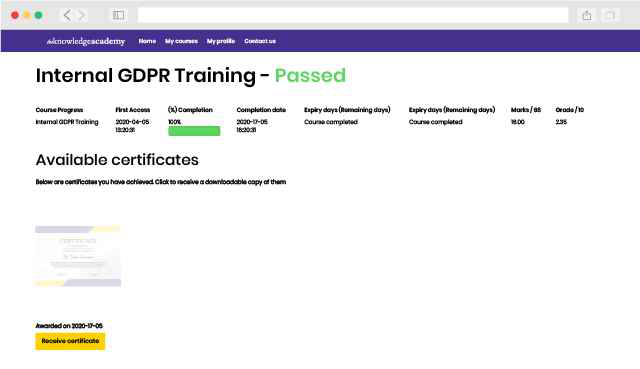
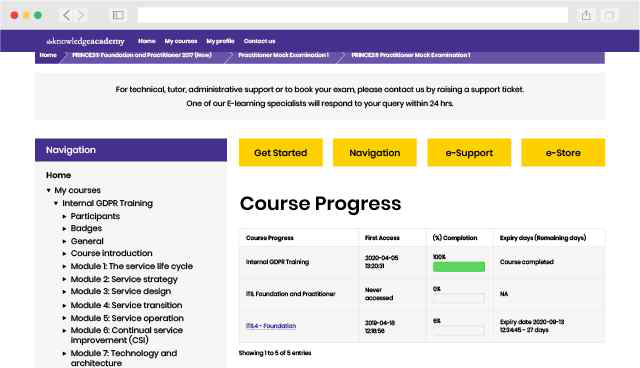
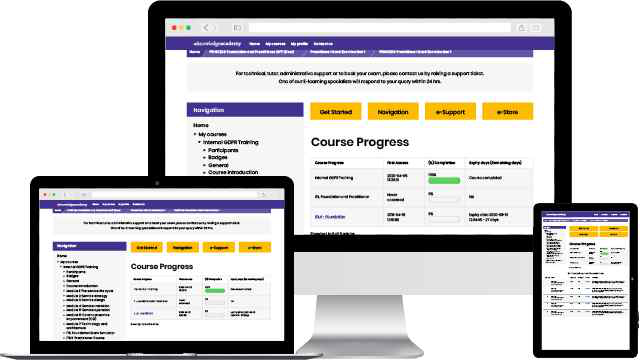
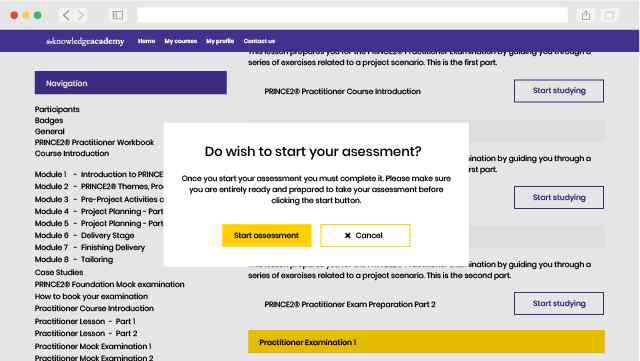
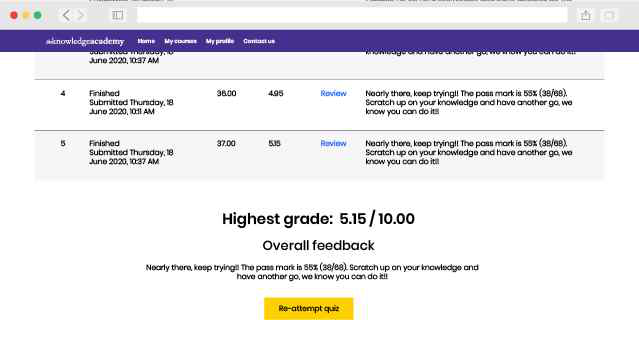
Experience the most sought-after learning style with The Knowledge Academy's Microsoft Power BI for End Users 55400AC. Available in 490+ locations across 190+ countries, our hand-picked Classroom venues offer an invaluable human touch. Immerse yourself in a comprehensive, interactive experience with our expert-led Microsoft Power BI for End Users 55400AC sessions.

Boost your skills with our expert trainers, boasting 10+ years of real-world experience, ensuring an engaging and informative training experience

We only use the highest standard of learning facilities to make sure your experience is as comfortable and distraction-free as possible

Our Classroom courses with limited class sizes foster discussions and provide a personalised, interactive learning environment

Achieve certification without breaking the bank. Find a lower price elsewhere? We'll match it to guarantee you the best value
Streamline large-scale training requirements with The Knowledge Academy’s In-house/Onsite Microsoft Power BI for End Users 55400AC at your business premises. Experience expert-led classroom learning from the comfort of your workplace and engage professional development.

Leverage benefits offered from a certification that fits your unique business or project needs

Cut unnecessary costs and focus your entire budget on what really matters, the training.

Our Microsoft Power BI for End Users 55400AC offers a unique chance for your team to bond and engage in discussions, enriching the learning experience beyond traditional classroom settings

The course know-how will help you track and evaluate your employees' progression and performance with relative ease
The tutor (Imran Aslam) was great, very flexible with the content and he related it to my workplace and how we currently use PBI, which made the application of it even clearer to understand. Imran has a good, deep understanding of the tool and was able to answer pretty much all of my questions, and explained the help tools that he uses and demonstrated the best way to get the answers required. I was the only delegate on this course, which did also make it slightly easier for the tutor as he didn't have to take too much time getting to know other delegates and we were flexible with start & finish times, to maximise the learning time.
was approachable and friendly, went through the course well and gave very good literature to take away
knowledgeable trainer and happy to answer our questions

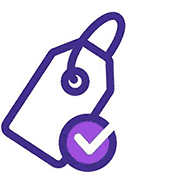
You won't find better value in the marketplace. If you do find a lower price, we will beat it.
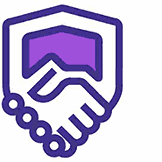
Microsoft Gold Learning Partner

Flexible delivery methods are available depending on your learning style.

Resources are included for a comprehensive learning experience.




"Really good course and well organised. Trainer was great with a sense of humour - his experience allowed a free flowing course, structured to help you gain as much information & relevant experience whilst helping prepare you for the exam"
Joshua Davies, Thames Water



 London
London Birmingham
Birmingham Bristol
Bristol Milton Keynes
Milton Keynes Manchester
Manchester Reading
Reading Glasgow
Glasgow Edinburgh
Edinburgh Southampton
Southampton Virtual
Virtual Bath
Bath Liverpool
Liverpool Nottingham
Nottingham Bedford
Bedford Bolton
Bolton Newcastle
Newcastle Brighton
Brighton Bournemouth
Bournemouth Bracknell
Bracknell Cardiff
Cardiff Bromley
Bromley Cambridge
Cambridge Burton Upon Trent
Burton Upon Trent Norwich
Norwich Buxton
Buxton Sheffield
Sheffield Belfast
Belfast Dublin
Dublin Canterbury
Canterbury Aberdeen
Aberdeen Maidstone
Maidstone Carlisle
Carlisle Chatham
Chatham Chelmsford
Chelmsford Chester
Chester Chichester
Chichester Chorley
Chorley Cirencester
Cirencester Colchester
Colchester Corby
Corby Coventry
Coventry Crewe
Crewe Darlington
Darlington Derby
Derby Doncaster
Doncaster Dundee
Dundee Dunfermline
Dunfermline Exeter
Exeter Fleet
Fleet Gatwick
Gatwick Gloucester
Gloucester Guildford
Guildford Harrogate
Harrogate Heathrow
Heathrow High Wycombe
High Wycombe Hinckley
Hinckley Inverness
Inverness Ipswich
Ipswich Kingston upon Hull
Kingston upon Hull Lincoln
Lincoln Leicester
Leicester Luton
Luton Middlesbrough
Middlesbrough Northampton
Northampton Oxford
Oxford Peterborough
Peterborough Plymouth
Plymouth Poole
Poole Portsmouth
Portsmouth Preston
Preston Slough
Slough Solihull
Solihull Stoke-on-Trent
Stoke-on-Trent Sunderland
Sunderland Swansea
Swansea Swindon
Swindon Teesside
Teesside Tonbridge
Tonbridge Wakefield
Wakefield Warrington
Warrington Warwick
Warwick Watford
Watford Windsor Town
Windsor Town Wokingham
Wokingham Wolverhampton
Wolverhampton Worcester
Worcester Wrexham
Wrexham York
York
 Back to course information
Back to course information
We may not have any package deals available including this course. If you enquire or give us a call on 01344203999 and speak to our training experts, we should be able to help you with your requirements.
 If you miss out, enquire to get yourself on the waiting list for the next day!
If you miss out, enquire to get yourself on the waiting list for the next day!

close


Press esc to close

close
Fill out your contact details below and our training experts will be in touch.



Back to Course Information